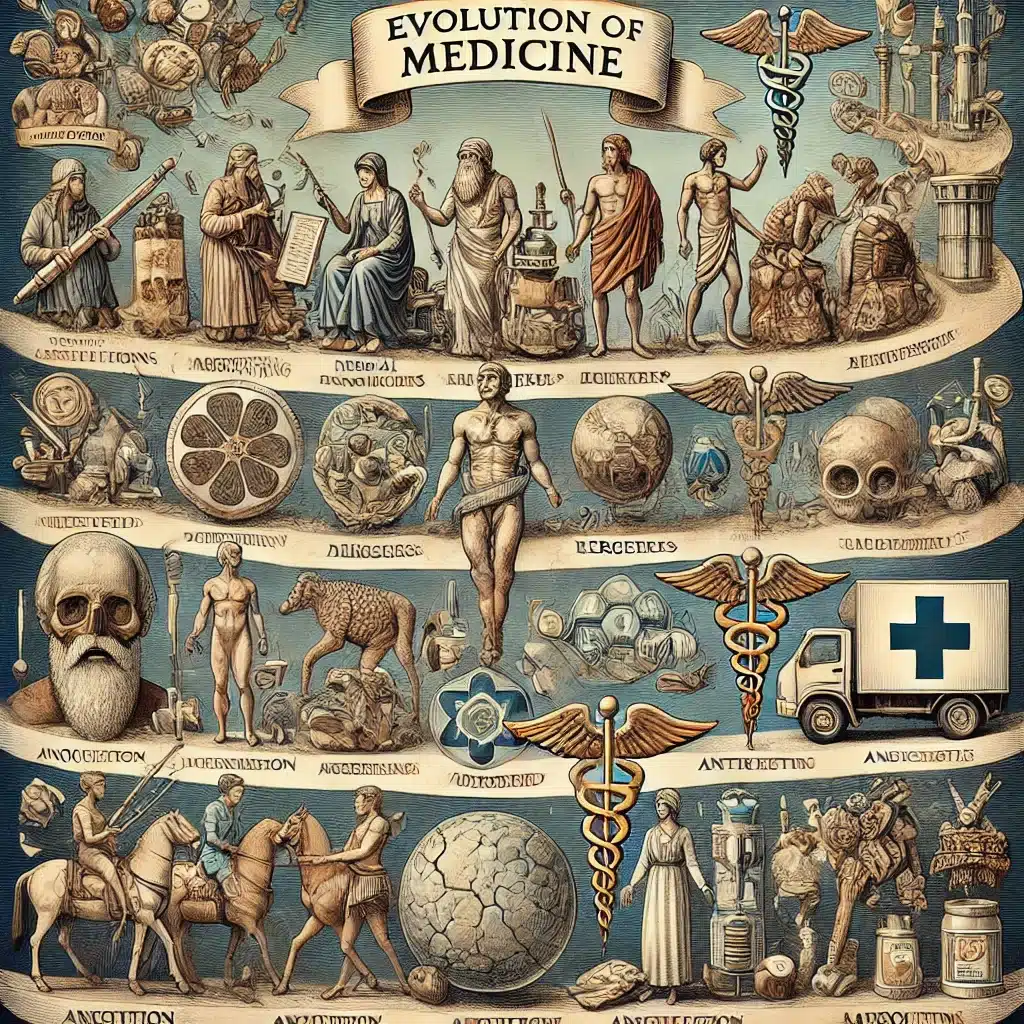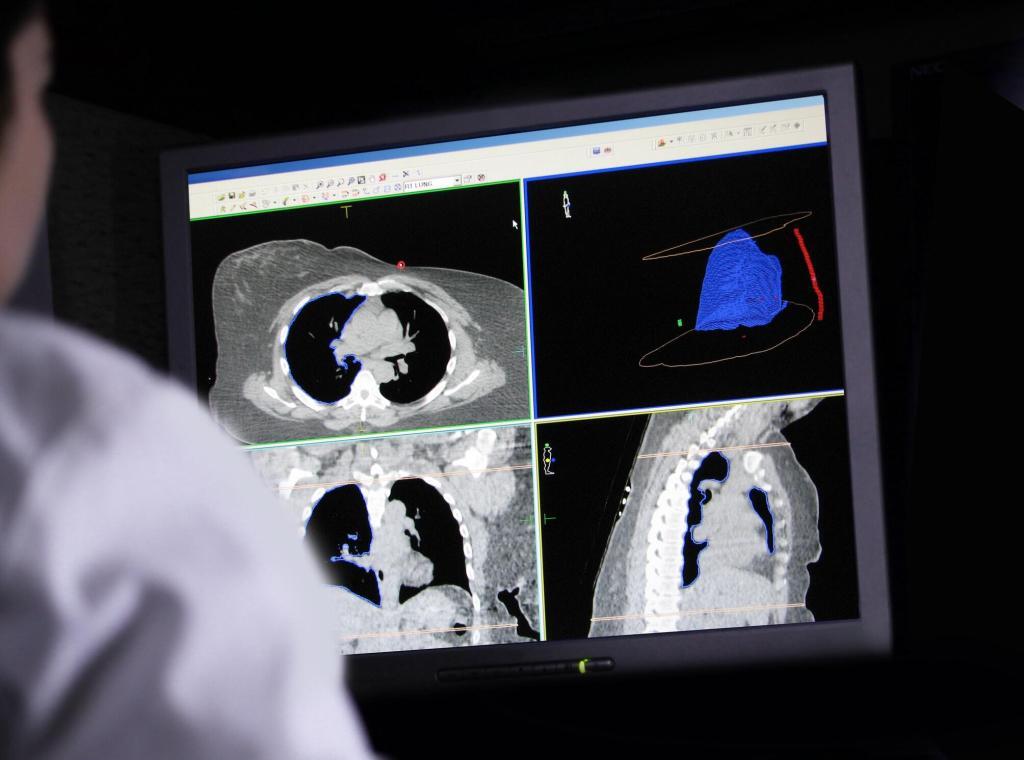Gene therapy is at the forefront of modern medicine, offering groundbreaking approaches to treat and prevent diseases by altering or correcting genetic material. With advancements in technologies such as CRISPR, viral vectors, and gene silencing, researchers are now able to target and treat a variety of inherited and acquired diseases. This article explores the latest advancements in gene therapy, the challenges it faces, and the potential future implications of using genetic modification to address some of humanity’s most pressing health concerns.
Introduction to Gene Therapy
Gene therapy refers to the process of treating or preventing diseases by modifying a person’s genetic material. This therapeutic technique aims to address the root cause of diseases by altering defective genes or regulating gene expression. The field has seen significant advancements in recent years, fuelled by progress in biotechnology and genomics. Initially viewed as a conceptual breakthrough, gene therapy has now moved to clinical reality, offering hope for conditions previously considered untreatable.
Gene therapy primarily focuses on inherited diseases caused by defective genes, such as cystic fibrosis or haemophilia, but its applications are expanding into areas like cancer, cardiovascular diseases, and neurodegenerative disorders. In this article, we will examine the recent advancements in gene therapy, the various techniques used, and the promising future it holds in modern medicine.
The Evolution of Gene Therapy: From Theory to Practice
The concept of gene therapy emerged in the 1970s, though the field remained theoretical for decades due to the complexities involved in delivering and editing genes accurately. Early approaches involved replacing defective genes with healthy copies, but challenges such as immune reactions, difficulties in targeting specific cells, and concerns about safety stalled initial progress.
The first successful gene therapy clinical trial was conducted in 1990, treating a patient with severe combined immunodeficiency (SCID). This trial marked a milestone, demonstrating the potential of gene therapy to treat genetic disorders. Over the years, the field has evolved from rudimentary approaches to more sophisticated techniques like gene editing, gene silencing, and the use of viral vectors, bringing us closer to realising its full therapeutic potential.
Mechanisms of Gene Therapy
Gene Replacement
Gene replacement therapy involves substituting a defective gene with a functional copy to restore normal function. This approach is particularly effective in treating monogenic disorders, where a single mutated gene causes the disease. For example, gene replacement has been successfully used in treating haemophilia by introducing a functional copy of the faulty clotting factor gene.
Gene Editing
Gene editing techniques, such as CRISPR-Cas9, have revolutionised gene therapy by allowing precise alterations to a patient’s genome. CRISPR-Cas9 enables researchers to “cut” out defective genes and replace them with healthy ones. This technology can also target specific genes to alter their function, making it a versatile tool for treating a wide range of genetic conditions.
The beauty of gene editing lies in its precision. Unlike earlier methods that relied on viral vectors to deliver replacement genes, CRISPR allows scientists to make changes directly to the genome, potentially providing permanent cures. Recent clinical trials have explored CRISPR’s use in treating conditions like sickle cell disease, beta-thalassemia, and certain cancers.
Gene Silencing
In cases where overactive or harmful genes cause diseases, gene silencing techniques can be employed. One of the most prominent methods is RNA interference (RNAi), which uses small molecules to block the expression of specific genes. This approach is particularly valuable in treating cancers, where gene silencing can suppress the overproduction of proteins that drive tumour growth.
Gene Addition
Rather than replacing or editing defective genes, gene addition therapy introduces new genes into a patient’s genome to enhance or replace missing functions. This approach has shown promise in treating diseases like muscular dystrophy, where the addition of a healthy gene can restore muscle function.
Ex Vivo vs. In Vivo Gene Therapy
Gene therapy can be delivered in two main ways: ex vivo and in vivo. Ex vivo therapy involves removing cells from a patient, modifying them in the laboratory, and then reintroducing them into the body. In contrast, in vivo therapy delivers genetic material directly into the patient’s body, typically using viral vectors. Both methods have their advantages, with ex vivo providing more control over the genetic modification process while in vivo is less invasive.
Key Advances in Gene Therapy
CRISPR-Cas9 and Precision Gene Editing
The introduction of CRISPR-Cas9 has been one of the most significant advancements in gene therapy. CRISPR (Clustered Regularly Interspaced Short Palindromic Repeats) allows scientists to target specific areas of the genome with remarkable accuracy, making it possible to edit, delete, or replace genes as needed.
Clinical trials using CRISPR have shown promising results in treating genetic blood disorders like sickle cell anaemia and beta-thalassemia. In these trials, patients’ blood stem cells are edited to correct the mutation responsible for their condition, offering a potential cure rather than just a temporary treatment.
In addition to treating inherited genetic disorders, CRISPR is being explored for cancer treatment, HIV, and heart disease. Its versatility and precision make it a powerful tool in gene therapy, though ethical and safety concerns, such as off-target effects, remain a subject of debate.
Adeno-associated Viral (AAV) Vectors
Viral vectors are essential for delivering therapeutic genes into cells. Among them, adeno-associated viral (AAV) vectors have emerged as the most promising due to their ability to target specific tissues, like the liver, muscle, and nervous system, with high efficiency and low toxicity.
AAV vectors are currently used in several approved gene therapies, including treatments for spinal muscular atrophy (SMA) and retinal dystrophy. The approval of Luxturna, the first AAV-based gene therapy for treating inherited blindness, marked a breakthrough in the field, demonstrating the potential of AAV vectors in treating previously incurable diseases.
Gene Therapy for Cancer
Cancer treatment is undergoing a transformation with the application of gene therapy. One of the most promising approaches is CAR-T cell therapy, which involves modifying a patient’s immune cells (T cells) to target and destroy cancer cells. By engineering these T cells to recognise specific proteins on the surface of tumour cells, CAR-T therapy has shown remarkable success in treating blood cancers like leukaemia and lymphoma.
Gene therapy is also being explored to enhance the effectiveness of existing cancer treatments. For instance, oncolytic viruses, which selectively infect and kill cancer cells, can be genetically modified to boost their tumour-killing potential.
Challenges in Gene Therapy
While gene therapy holds immense promise, several challenges remain before it can become a widely accessible treatment option.
Safety Concerns
One of the major concerns in gene therapy is ensuring the safety of the techniques used. Viral vectors, though effective, carry the risk of immune reactions and unintended genetic mutations. CRISPR-Cas9, while highly precise, may occasionally lead to off-target effects, where unintended parts of the genome are edited, raising the risk of new mutations or cancer development.
Delivery Efficiency
Efficient delivery of therapeutic genes to the target tissues remains a significant hurdle. While viral vectors like AAV have shown promise, delivering genes to hard-to-reach areas such as the brain or deep muscle tissue is challenging. Researchers are working on developing better delivery systems, including nanoparticle-based methods, to overcome these limitations.
Cost and Accessibility
Gene therapies are expensive, with some treatments costing hundreds of thousands of pounds per patient. The high cost stems from the complexity of the treatment process, including the production of viral vectors and the need for highly personalised therapies. Ensuring equitable access to these life-saving treatments will require significant advancements in manufacturing processes and healthcare policy.
Ethical Considerations
As with any technology that alters human DNA, gene therapy raises significant ethical questions. The potential for germline editing (which affects future generations) is a contentious issue, with concerns about “designer babies” and genetic enhancement. Striking a balance between therapeutic use and ethical considerations will be crucial as the field advances.
The Future of Gene Therapy
The future of gene therapy is incredibly promising, with ongoing research aiming to overcome current limitations and expand its applications. Several exciting areas of development include:
Gene Therapy for Age-Related Diseases
As the global population ages, age-related diseases like Alzheimer’s and Parkinson’s are becoming more prevalent. Gene therapy holds the potential to address these conditions by targeting the genetic pathways involved in neurodegeneration. Early-stage research is exploring the possibility of using gene therapy to slow or reverse the progression of these diseases.
Expanding Applications Beyond Rare Diseases
While gene therapy has traditionally focused on rare genetic disorders, advances in gene editing and delivery techniques could broaden its application to more common diseases, including heart disease, diabetes, and obesity. By targeting the genetic factors underlying these conditions, gene therapy could offer new treatments that go beyond symptom management to address the root causes.
Personalised Medicine
Gene therapy is a cornerstone of personalised medicine, where treatments are tailored to an individual’s unique genetic makeup. As genomic sequencing becomes more accessible, the potential to develop highly targeted therapies will grow, leading to more effective treatments with fewer side effects.
Conclusion
Gene therapy represents a monumental leap in our ability to treat and prevent diseases by addressing the underlying genetic causes. With advancements in technologies like CRISPR-Cas9, AAV vectors, and gene silencing, the field is moving closer to providing cures for a wide range of conditions, from rare inherited disorders to common diseases like cancer.
However, challenges such as safety, cost, and ethical concerns must be addressed to ensure that the full potential of gene therapy is realised in an equitable and responsible manner. As the field continues to evolve, gene therapy has the potential to revolutionise modern medicine, offering new hope for patients worldwide.
Disclaimer
The content provided in this article by Open Medscience is intended for informational and educational purposes only. It is not a substitute for professional medical advice, diagnosis, or treatment. While the article discusses scientific advancements in gene therapy, the information presented should not be interpreted as medical guidance or a recommendation for any specific treatment.
Open Medscience makes every effort to ensure the accuracy of the information at the time of publication, but we do not guarantee the completeness or ongoing relevance of the material. Scientific and medical knowledge is constantly evolving, and newer findings may render parts of this content outdated.
Readers are encouraged to consult qualified healthcare professionals or medical researchers for advice regarding personal health conditions or before making any healthcare decisions based on information found in this article.
Open Medscience does not accept responsibility for any loss or damage arising from reliance on the information provided. Mention of specific technologies, therapies, or companies does not imply endorsement or affiliation.
You are here: home » diagnostic medical imaging blog »



